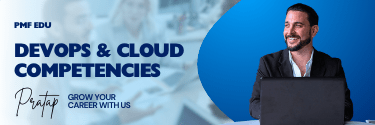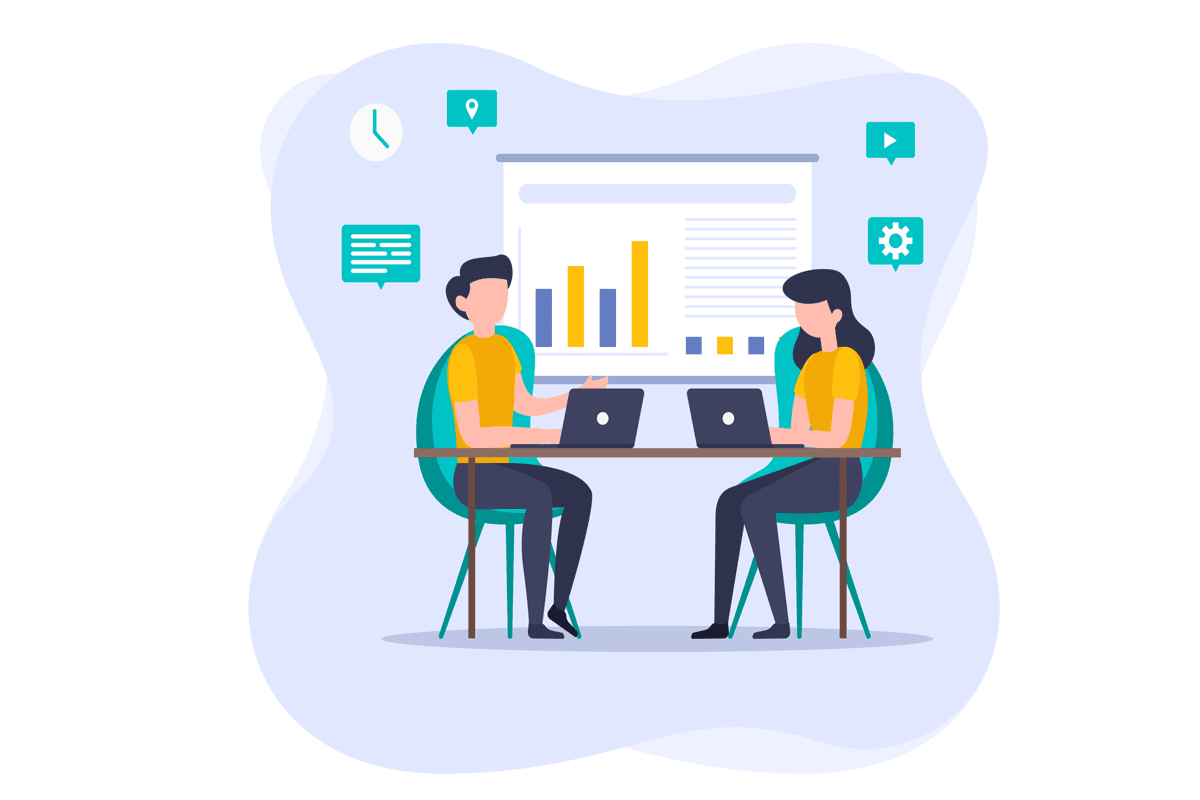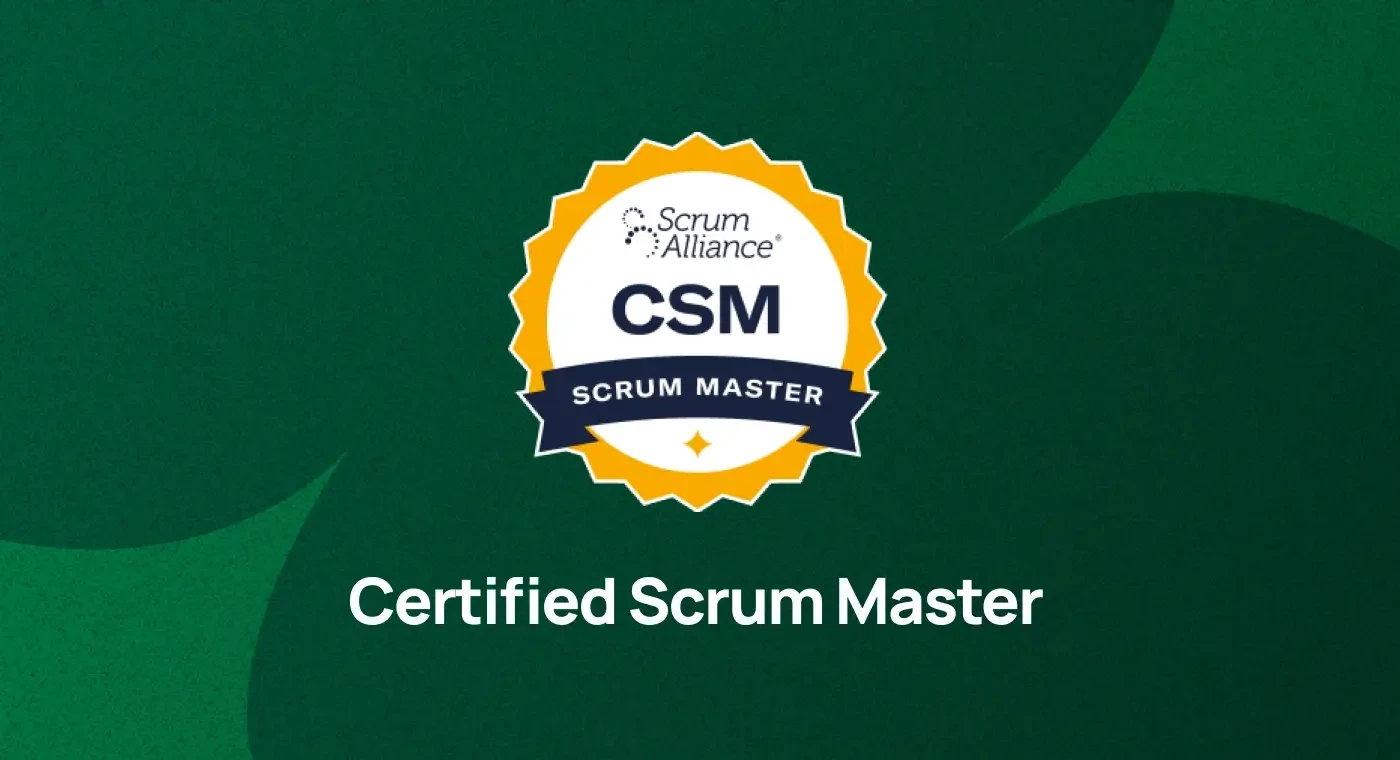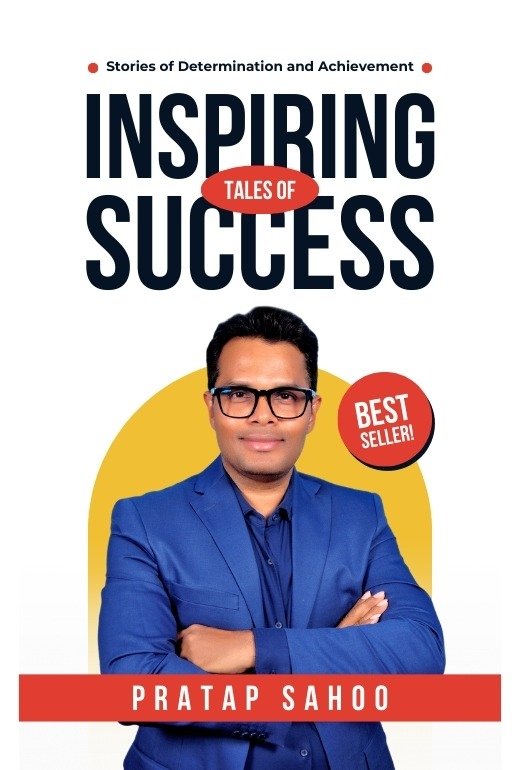Currently Empty: ₹0.00
Agile Management
Scaled Agile Interview Questions and Answers
A product owner in Scrum team who is responsible for the outcome of the project. He maximizes the value of the product by managing and optimizing the product backlog. A product owner’s key responsibility is to define user stories and create a product backlog. No matter whether you are a beginner or an intermediate or an experienced product owner, this write-up will aid you in increasing your confidence and knowledge of product owner. The questions below are divided into various topics catering to product owner. They range from story grooming, user story splitting and estimation, burn down charts and more. Also, this guide provide step-by-steo explanations for every question which will help you understand the concepts well. With Product Owner interview questions, you can be confident about your preparation for the upcoming interview.
Question 1-5
What is SAFe® (Scaled Agile Framework)?
SAFe is a framework for scaling Agile practices across large enterprises.What are the four configurations of SAFe?
Essential SAFe, Large Solution SAFe, Portfolio SAFe, and Full SAFe.What are the core values of SAFe?
Alignment, Built-in Quality, Transparency, and Program Execution.What is an Agile Release Train (ART)?
A long-lived team of Agile teams that plan, commit, and deliver together.What is PI (Program Increment) Planning?
A cadence-based, face-to-face planning event that aligns all teams on the ART.
Question 5-10
How long is a PI in SAFe?
Typically 8–12 weeks (usually 5 Sprints/iterations).Who are the key roles in an ART?
RTE, Product Management, System Architect, Scrum Master, Product Owner, Agile Teams.What is the role of the Release Train Engineer (RTE)?
The servant leader and coach for the ART.What is a value stream?
A sequence of steps used to deliver value to a customer.What is a Solution Train?
Coordinates multiple ARTs and suppliers to deliver large and complex solutions.
Question 10-15
What is the role of Product Management in SAFe?
Owns the Program Backlog and defines Features for delivery.What is a Feature in SAFe?
A service that fulfills a stakeholder need, sized to fit in a PI.What is a Capability in SAFe?
A higher-level solution behavior that spans multiple ARTs.What is WSJF?
Weighted Shortest Job First: a prioritization model based on cost of delay.What is the SAFe House of Lean?
A conceptual model that illustrates Lean principles supporting SAFe.
Question 15-20
What is a System Demo?
An integrated demonstration of the new features delivered by all teams in the ART.What is the purpose of the Inspect & Adapt workshop?
To reflect, improve processes, and solve systemic problems after a PI.What is the SAFe Implementation Roadmap?
A step-by-step guide for implementing SAFe in an organization.What is the difference between an Epic and a Capability?
Epic is a portfolio-level initiative; Capability is a solution-level function.What is the role of a Business Owner in SAFe?
Stakeholders who are accountable for business outcomes.
Question 20-25
What is the Team Backlog?
Contains user stories and enablers owned by Agile teams.What is a Program Backlog?
A list of upcoming Features intended to address user needs.What is the Lean-Agile Mindset?
A combination of Lean thinking and Agile Manifesto values.What is Built-In Quality in SAFe?
Ensures every increment of the solution reflects quality standards.What is DevOps in SAFe?
A mindset and toolchain that supports continuous delivery.
Question 25-30
What are the three levels of backlog in SAFe?
Team, Program, and Portfolio.What is an Enabler?
Technical infrastructure, architecture, or compliance work that supports features.What is Agile Architecture in SAFe?
Evolving architecture to enable agility and support business needs.What is Lean Portfolio Management (LPM)?
Aligns strategy and execution through governance and budgeting.What are guardrails in LPM?
Policies that guide investment funding and lean budgeting.
Question 30-35
What is the role of a Solution Architect?
Defines technical architecture for large solutions.What is the Continuous Delivery Pipeline?
Continuous Exploration, Continuous Integration, Continuous Deployment, Release on Demand.What is meant by ‘Team of Teams’?
An Agile Release Train (ART), a collaboration of multiple Agile teams.What is cadence and synchronization in SAFe?
Cadence provides rhythm; synchronization aligns teams for integration.What is Innovation and Planning (IP) Iteration?
A buffer for innovation, learning, and PI planning.
Question 35-40
What is the difference between Scrum and SAFe Scrum?
SAFe Scrum includes more roles and alignment mechanisms.What is a Portfolio Epic?
Large cross-cutting initiatives that require analysis and Lean business case.What is Lean Budgeting?
Funding value streams rather than individual projects.What is meant by ART Sync?
A regular synchronization meeting between PO Sync and Scrum of Scrums.What is PI Objective?
A summary of what an Agile team plans to deliver in a PI.
Question 40-45
What is a Stretch Objective?
Extra goals that the team will try to achieve beyond committed objectives.What is Agile Product Delivery?
Delivering customer-centric solutions quickly and continuously.What is Organizational Agility?
Applying Lean-Agile practices across the enterprise.What is Enterprise Solution Delivery?
Coordinating multiple ARTs and suppliers for large-scale systems.What are the Core Competencies of SAFe?
Seven core competencies for Lean Enterprise success.
Question 45-50
What is SPC (SAFe Practice Consultant)?
A certified change agent who trains and coaches organizations in SAFe.What are customer-centric organizations?
Organizations structured around customer value and feedback.What is MVP in SAFe?
A testable solution used to validate hypotheses with minimal investment.What are Key ART roles?
RTE, Product Management, System Architect, Agile Teams.How are Agile Teams structured in SAFe?
Cross-functional, self-organizing teams of 5–11 individuals.
Question 1-5
How does SAFe handle dependencies between teams?
Via Program Board, ART Sync, and alignment in PI Planning.How do you facilitate PI Planning remotely?
Use virtual whiteboards, collaboration tools (e.g., Miro, Jira), and timebox strictly.What is the economic framework in SAFe?
A decision-making approach that includes Cost of Delay and Lean economics.What is the Portfolio Kanban system?
Visualizes and manages Epics from ideation to implementation.How do you prioritize features in SAFe?
Use WSJF and business value discussions with stakeholders.
Question 5-10
How do teams estimate work in SAFe?
Through Story Points at team level and T-Shirt Sizing or WSJF at feature/epic level.How is quality maintained across ARTs?
Through Built-In Quality practices, continuous integration, and DoD.How do you manage risks in SAFe?
Use ROAM technique: Resolved, Owned, Accepted, Mitigated.What are PI Metrics?
Predictability, velocity, business value achieved, defects, and stability.What are SAFe’s roles in the Portfolio layer?
Enterprise Architect, Epic Owners, LPM, Business Owners.
Question 10-15
How does SAFe support Agile budgeting?
Through Lean budgeting and Value Stream funding.What is Participatory Budgeting?
A workshop to decide how to allocate budgets among competing initiatives.What are Nonfunctional Requirements (NFRs)?
Requirements like performance, scalability, and compliance applied to all increments.How does SAFe support customer feedback?
Through cadence-based System Demos, Inspect & Adapt, and MVP feedback.How is architecture handled in SAFe?
With intentional architecture, emergent design, and enablers.
Question 15-20
How are Lean and Agile combined in SAFe?
Lean principles guide strategy and flow; Agile governs execution and teams.What is a Solution Context?
Describes critical aspects of the solution's environment.What is meant by Continuous Exploration?
Constantly exploring user needs and defining what to build next.What is Architectural Runway?
Existing code, components, and infrastructure to support future features.What is dual operating system in SAFe?
SAFe enables a network of Agile teams to coexist with traditional hierarchy.
Question 20-25
How do Agile Teams in SAFe collaborate with UX?
UX is embedded or closely aligned, working ahead of Sprints as necessary.What’s the difference between a Feature and a Story?
Features are Program-level deliverables; Stories are Team-level work items.How do you facilitate Inspect and Adapt workshop?
Present metrics, run problem-solving workshops, and capture improvement items.How do you manage innovation in SAFe?
Allocate time during IP iteration and prioritize enabler Epics/Stories.What is DevOps Lifecycle in SAFe?
Includes exploration, integration, deployment, and release on demand.
Question 25-30
What is the role of Scrum Master in ART?
Facilitate team-level Scrum and contribute to PI planning and improvement.How do you handle unplanned work in a PI?
Buffer in IP iteration and stretch objectives.How do Business Owners influence ARTs?
Provide vision, prioritize Epics, and assign business value to PI Objectives.How do you assess SAFe implementation success?
Measure flow metrics, business agility assessment, and delivery performance.What is Agile Product Delivery competency?
Customer centricity, design thinking, and DevOps practices.
Question 30-35
What tools are used in SAFe environments?
Jira, Rally, Targetprocess, VersionOne, Miro, Confluence.How do you promote alignment across ARTs?
PI planning, Scrum of Scrums, System Demos, and LPM.What is flow efficiency?
Ratio of active work time to total elapsed time.What is SAFe’s recommendation for innovation?
Use IP iteration and hackathons to drive innovation.What is the difference between committed and uncommitted PI objectives?
Committed = plan to deliver; Uncommitted = stretch goals, not guaranteed.
Question 35-40
How do you manage technical enablers in backlog?
Treat them as stories/features and prioritize with Product Management.What are delay costs in WSJF?
Penalties incurred by not delivering value early.How is customer centricity achieved in SAFe?
Through personas, journey maps, design thinking, and feedback loops.What is the benefit of cadence in SAFe?
Predictability, risk reduction, and stakeholder engagement.How do you coach a team new to SAFe?
Train on roles/events/artifacts, guide through PI planning, and support during execution.
Question 40-45
What are leading indicators in SAFe?
Flow time, story cycle time, build frequency.What’s the relationship between PI Objectives and OKRs?
PI Objectives feed into team-level OKRs in some organizations.How do you ensure Feature readiness before a PI?
WSJF scored, acceptance criteria defined, size acceptable for a PI.What is Agile Governance in SAFe?
Ensures decision-making aligns with Lean principles and business outcomes.What is the role of Community of Practice (CoP)?
Shared learning platform across roles (e.g., Scrum Masters, Architects).
Question 45-50
What is the role of the Epic Owner?
Drives an Epic through the Portfolio Kanban.What are ART PI Objectives used for?
Communicate value intent to stakeholders and track performance.What is hypothesis-driven development in SAFe?
Validating solution ideas through MVPs and measurable outcomes.How do teams contribute to Program Predictability Measure?
By meeting their PI Objectives and tracking progress.What is the PI Planning confidence vote?
A fist-of-five vote that reflects team confidence in the PI plan.
Question 1-5
How do you manage cross-ART dependencies in a large solution?
Use solution-level PI Planning, solution backlog, and solution demo.How do you tailor SAFe for a hardware/software integrated product?
Combine Agile methods with milestone planning and hardware staging.How do you measure flow in SAFe?
Use Flow Distribution, Flow Velocity, Flow Time, Flow Load, Flow Efficiency.How do you balance architectural runway with feature delivery?
Allocate capacity per PI and prioritize technical enablers.What is the impact of SAFe on organizational structure?
Encourages flatter, value stream-aligned structures over functional silos.
Question 5-10
How do you implement Lean Portfolio Management in a traditional org?
Start with value stream identification, introduce participatory budgeting.What’s the role of OKRs in SAFe Portfolio layer?
Guide Epic prioritization and monitor strategic outcomes.How do you run a value stream workshop?
Gather stakeholders, map steps, identify delays, propose improvement flow.What is the SAFe Lean Budget Guardrail for capacity allocation?
Ensures allocation of investment across enablers, innovation, and features.How do you integrate non-Agile teams into SAFe?
Use a hybrid approach with milestones and shared planning cycles.
Question 10-15
What are the risks of misaligned ARTs?
Delays, integration issues, conflicting priorities, wasted efforts.How do you transition from project to product model in SAFe?
Shift funding and accountability from projects to value streams.What is the role of metrics in continuous improvement?
Guide retrospectives and drive decisions based on outcomes.How do you assess organizational readiness for SAFe?
Use SAFe Implementation Roadmap and readiness checklist.How do you manage global ARTs across time zones?
Use rolling planning sessions, asynchronous updates, and digital collaboration.
Question 15-20
What is a Lean Business Case?
A lightweight document justifying investment in an Epic.How does SAFe align strategic themes with execution?
Through Portfolio Kanban and Epic hypothesis statements.What are leading vs. lagging indicators in SAFe?
Leading = early signs (flow metrics); Lagging = results (business value).How do you ensure psychological safety in distributed ARTs?
Regular check-ins, feedback culture, inclusive meetings.How is compliance managed in regulated industries using SAFe?
Through Enabler Epics and embedded compliance teams.
Question 20-25
How do you evolve a LACE (Lean-Agile Center of Excellence)?
From initial training to ongoing improvement and coaching programs.How do you manage data-driven decision-making in SAFe?
Integrate metrics, dashboards, and analytics with product decisions.What is PI Readiness and who ensures it?
Ensures features are defined, teams trained, backlogs prepared—led by RTE and Product Management.How do you integrate customer feedback in large solution SAFe?
Use solution demos, field teams, and direct feedback channels.How do you drive Lean Thinking at the enterprise level?
Educate leadership, optimize value streams, and implement Lean budgeting.
Description
The Product Owner is a pivotal role in an Agile team, serving as the primary liaison for stakeholder needs and representing the team’s goals and progress. They are solely accountable for maintaining the quality and value of the team’s output and own the responsibility for managing the product backlog.
Demand for skilled Product Owners is strong across industries. A quick look at job postings shows top companies actively seeking candidates for this role. Currently, there are over 300 open Product Owner positions on LinkedIn in Spain alone. Research indicates that the average annual salary for a Product Owner in the United States is around $105,158, while in India, the average salary is approximately ₹9,97,286 per year, according to Indeed.

